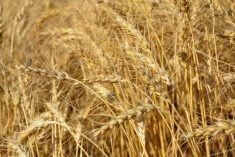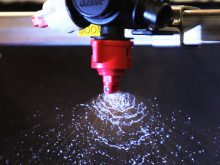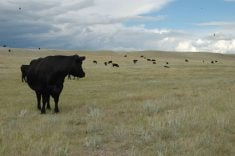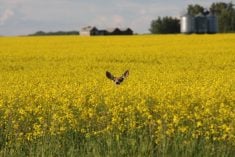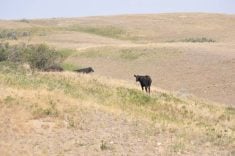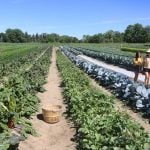Greenpeace, the flagship for the environmental activist movement, knows how to grab headlines and spark furious reactions.
But after the launch last week of a report entitled Cool Farming: Climate Impacts of Agriculture and Mitigation Potential that attacked industrial farming practices, the activists were forced to retreat.
Loaded with incendiary language, a News release
news from the organization’s Netherlands-based international arm denounced the “saturation bombing of farmland with fertilizers” and called for agricultural methods that “work with nature, not against it.”
Along with copies of the report posted on the website of Greenpeace Canada, Josh Brandon, the group’s agriculture campaigner, specifically called on the Canadian government to impose a tax disincentive on fertilizer use.
Read Also
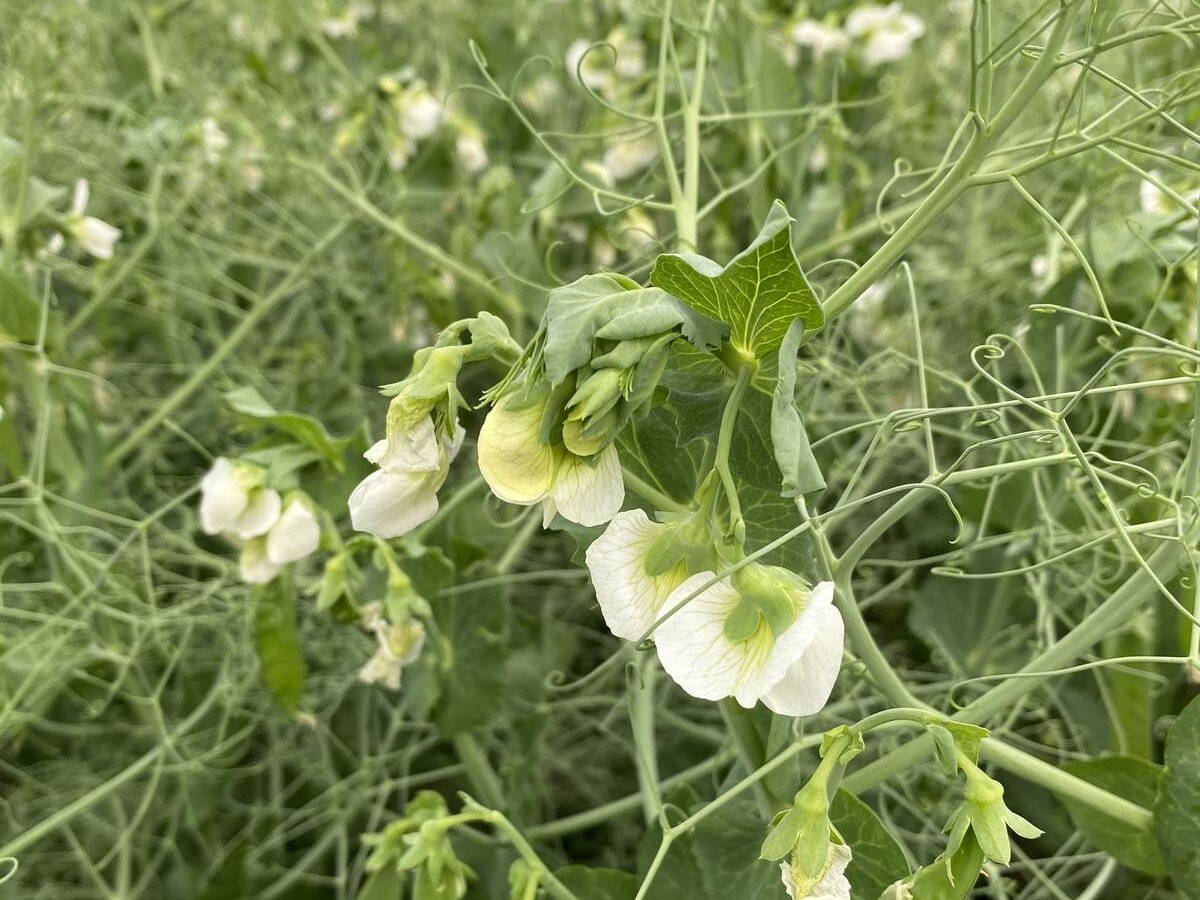
India slaps 30 per cent import duty on yellow peas
India has imposed a 30 per cent duty on yellow pea imports with a bill of lading date on or after Nov. 1, 2025.
“Every year, agriculture is responsible for 10 percent of Canada’s greenhouse gas emissions,” Brandon said. “If prime minister Stephen Harper is sincere in combating climate change, an essential first step is a tax on fertilizers.”
Canadian Federation of Agriculture president Bob Friesen reacted by firing off a news release of his own condemning Greenpeace for defaming Canadian farmers while ignoring their decades of significant steps forward in environmental stewardship and reduction of greenhouse gases. Friesen added that agriculture is only accountable for seven percent of the country’s total emissions, not 10 percent.
Imposing such a tax would bankrupt farmers and raise food costs for consumers, he said. Friesen added that many of the recommendations in the report, such as greater use of soil testing and reduced or minimum tillage, are already being widely implemented.
“Greenpeace Canada is pushing a political agenda and to do it they are trying to paint Canadian farmers as environmental criminals,” he said.
“If Greenpeace really wants to make a positive impact on Canadian agriculture, perhaps it should come down from its ivory tower and engage with the industry on the ground to see what farmers are really doing for the environment. They should engage in productive dialogue and partnership rather than nonproductive criticism and poorly thought out nonsolutions,” Friesen said.
The author of the Cool Farming report, professor Pete Smith of the University of Aberdeen in Scotland who was also a lead author on the Intergovernmental Panel on Climate Change, wrote in an e-mail exchange that parts of the report were being used for “farmer bashing.”
He added that the document he and his research team prepared for Greenpeace was objectively based on the latest IPCC reports, and contained nothing new.
“My perspective is that we need food to feed a global population that will reach nine billion this century and to do that we need farmers,” he wrote.
The report, which states that agriculture accounts for anywhere from 17 to 32 percent of all global greenhouse gas emissions, singles out as the biggest offender the production and overuse of nitrous oxide-emitting chemical fertilizers, followed closely by cattle, which release methane as a byproduct of ruminant digestion.
Nitrous oxide is reportedly 300 times more potent than carbon dioxide as a greenhouse gas. Methane is 20 times more potent than C02, according to the U.S. Environmental Protection Agency, but it noted it dissipates within 15 years.
The report cited other less significant sources including biomass burning, rice production on flooded fields and emissions from farm machinery and irrigation pumps.
The report noted that green revolution changes in agriculture adopted over the last century, such as the widespread use of chemical fertilizers, new crop varieties and large scale farming systems, could explain some climate change, and questioned the sustainability of modern industrial agriculture.
In his comments, Smith said that agriculture has a significant role to play in helping mitigate the effects of climate change, especially with grazing land management, which can create carbon sinks if done properly.
He asserted that while in theory, feeding animals and then eating them is less efficient, in the real world livestock are here to stay, especially because demand for meat is increasing with improvements in living standards in developing countries.
“I do not wish to demonize agriculture as it is potentially a significant part of the climate solution if we manage it well,” he wrote. “We need to make sure that we do that.”
In a later interview, Greenpeace activist Brandon appeared to back off from his earlier call for a tax on fertilizer, saying that it may have been poorly worded and instead called for a broad range of measures to address the issue.
“Farmers, government and environmental groups need to work together and consider the whole range of options that are available for reducing fertilizer use,” he said, adding that he recognized that prices have risen dramatically in recent years and farmers have taken steps to be more efficient for economic reasons.
“We have to look at what works best for Canadian farmers. Whether that’s a tax or a carbon trading program, there’s different options out there. We need to take the issue seriously.”
Brandon said that because much of the profit from agriculture has gone to input manufacturers instead of farmers, funneling some of that money back would give producers more opportunities to implement environmentally sustainable practices.
“I don’t think it should be a confrontational situation. I think we should be working with farmers to see where they are doing well and where they need more program support from government,” Brandon said.



